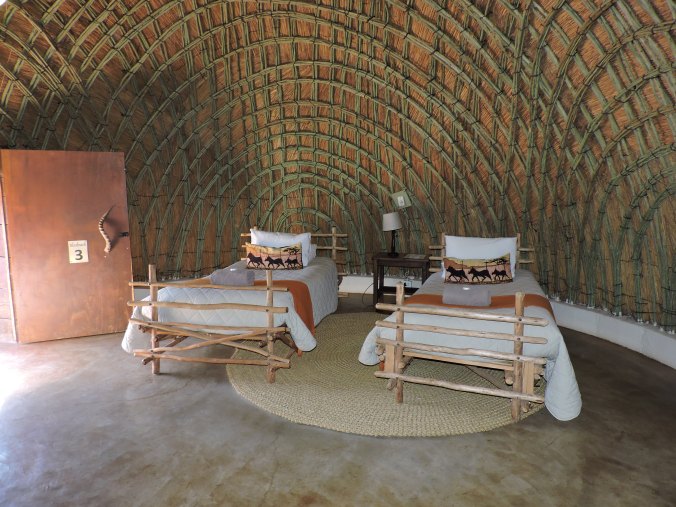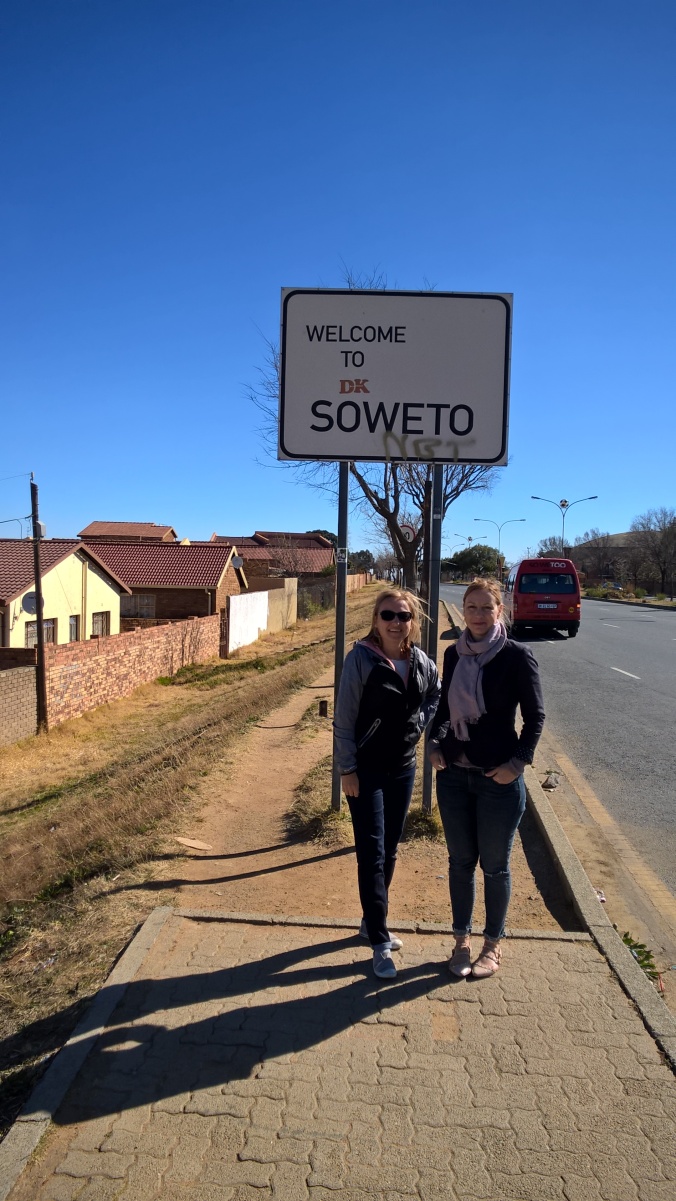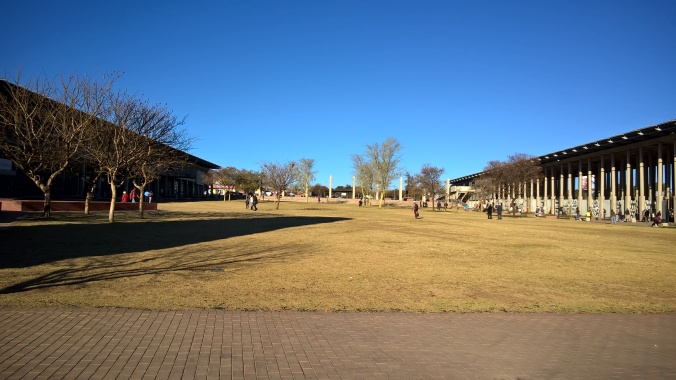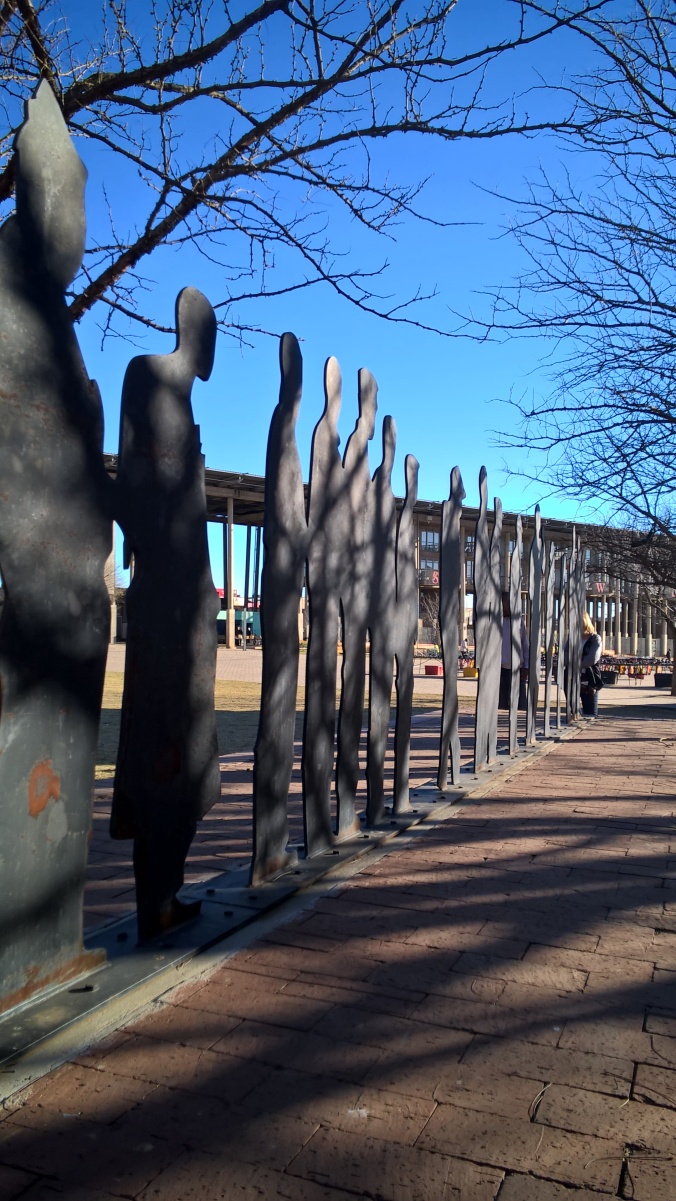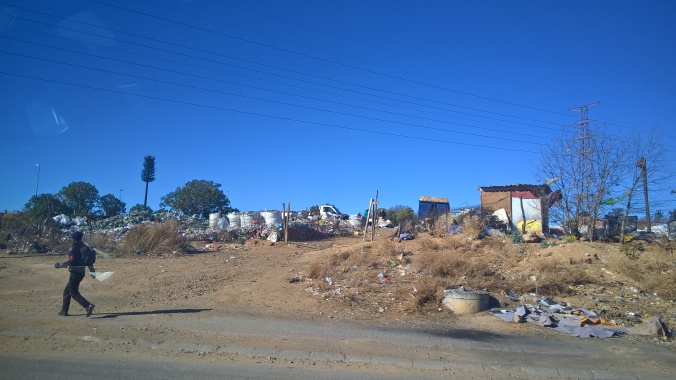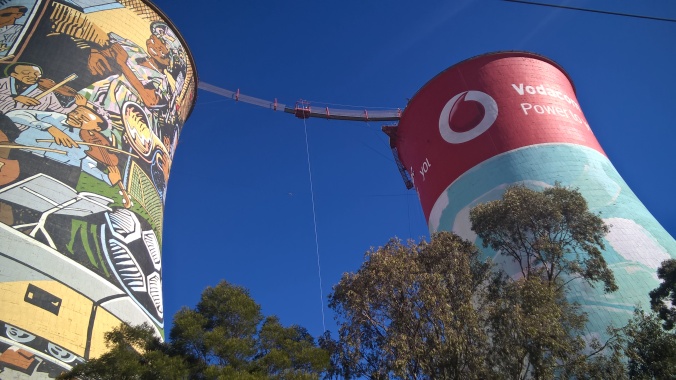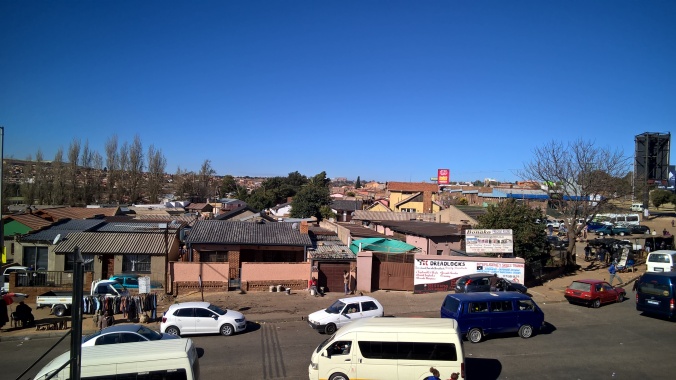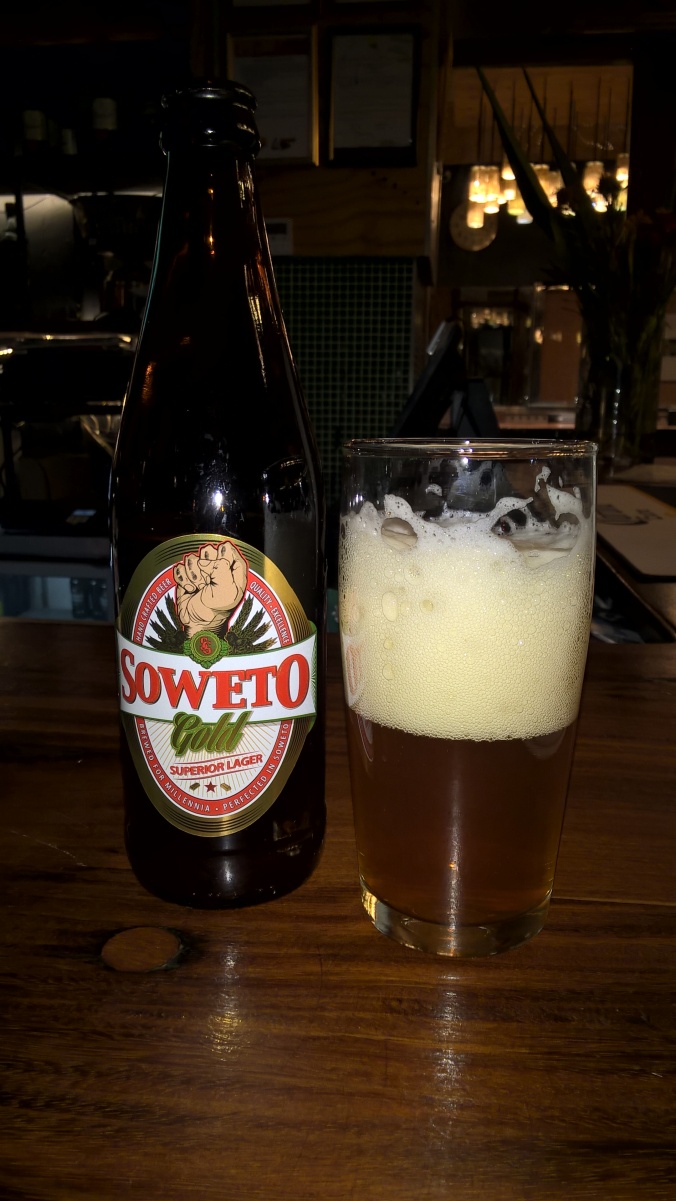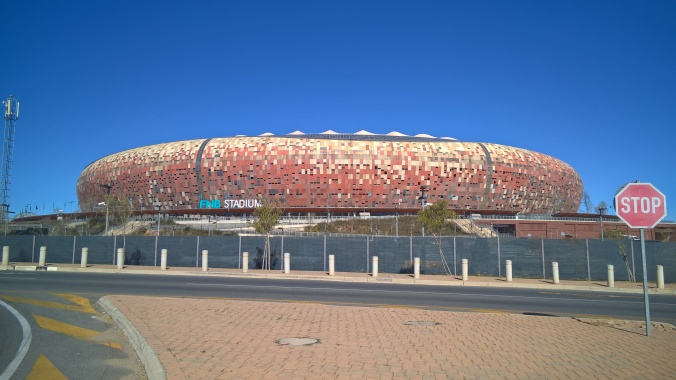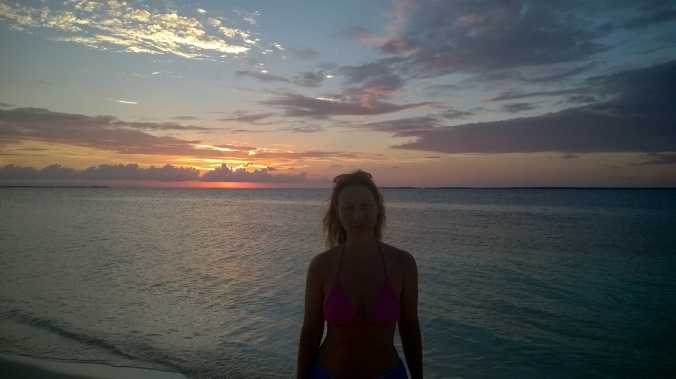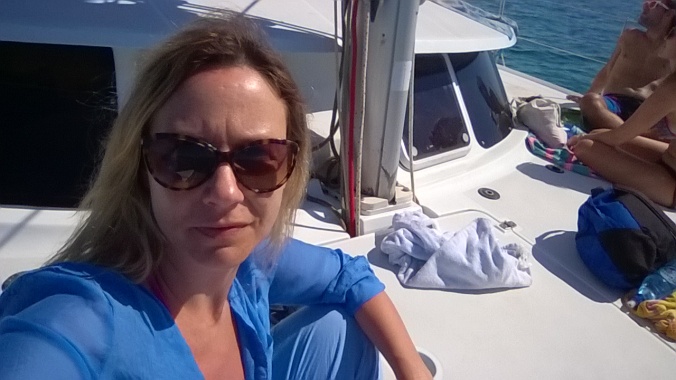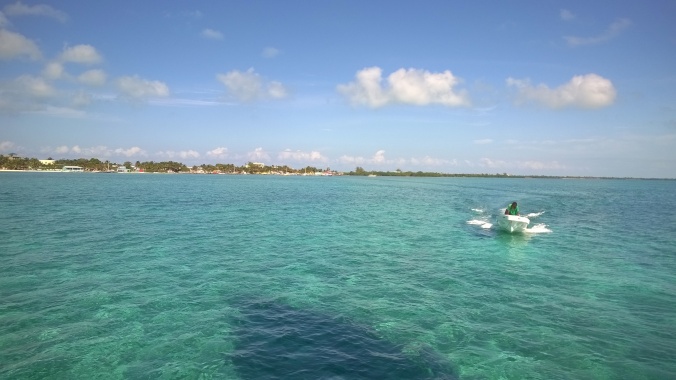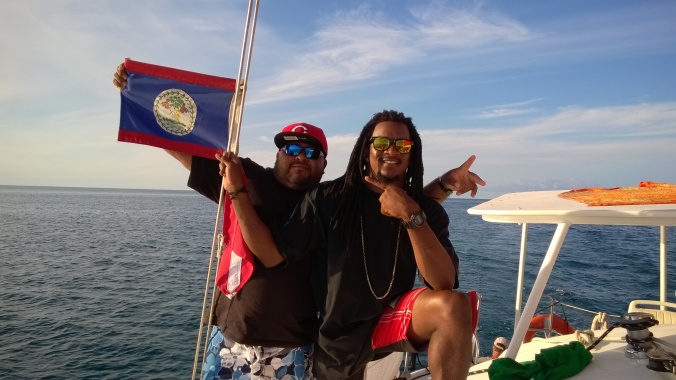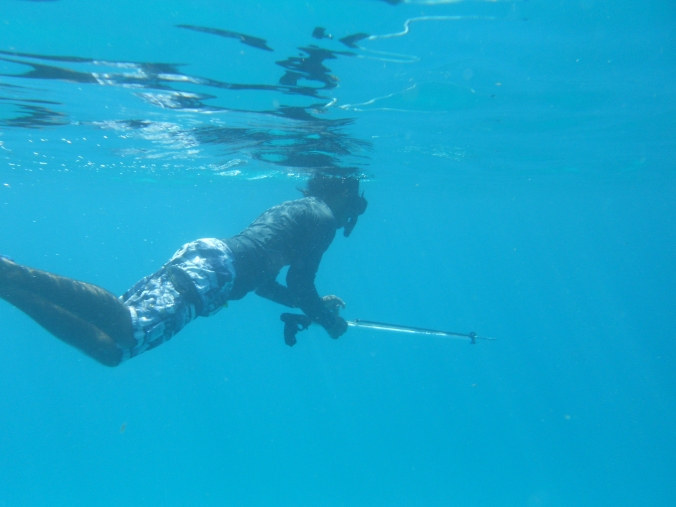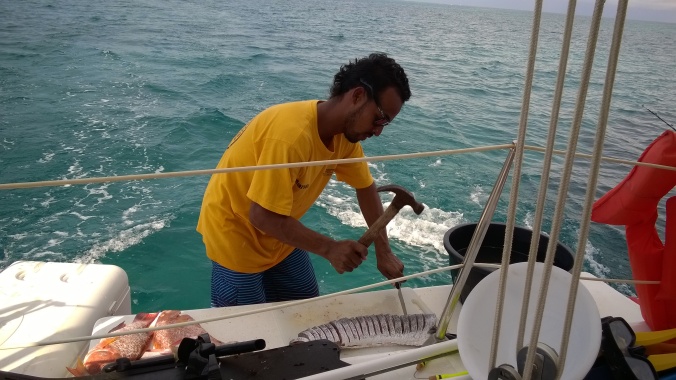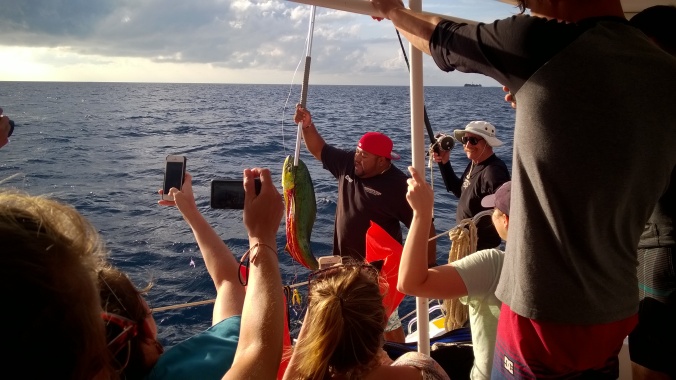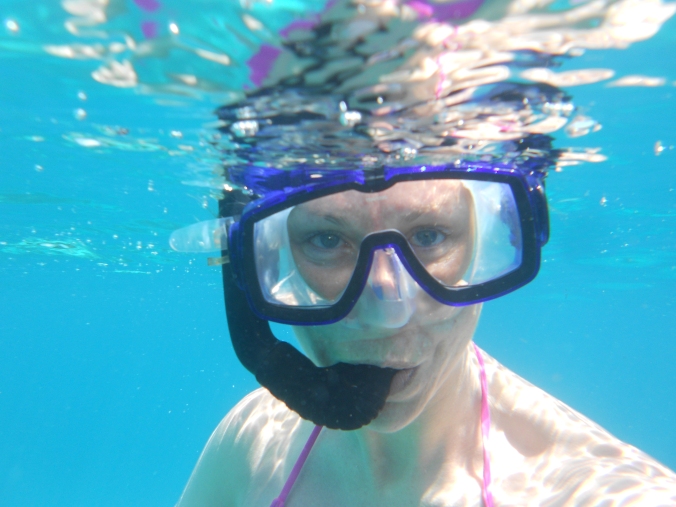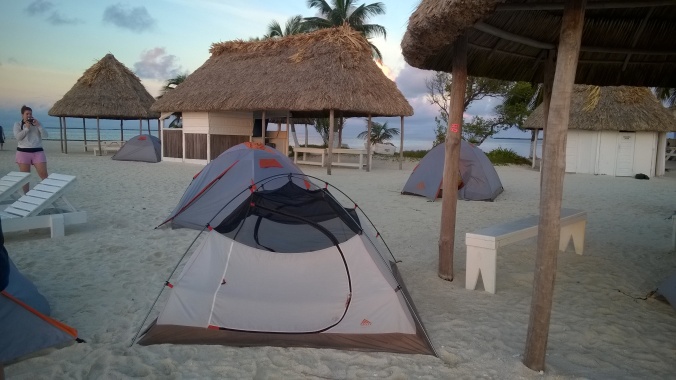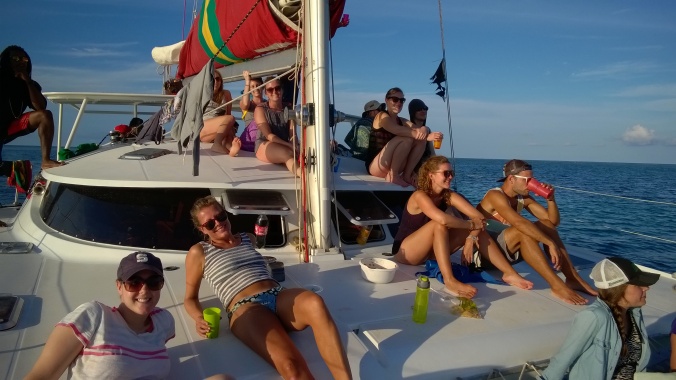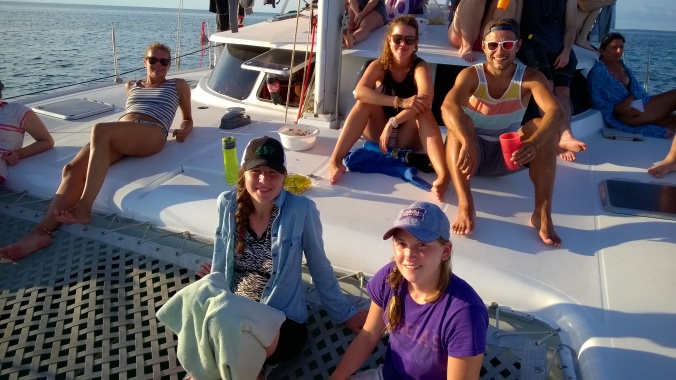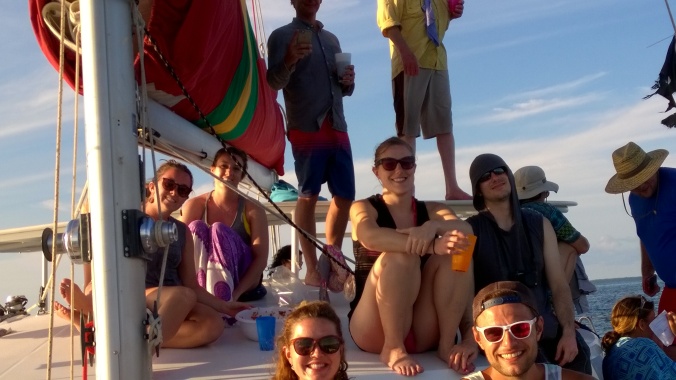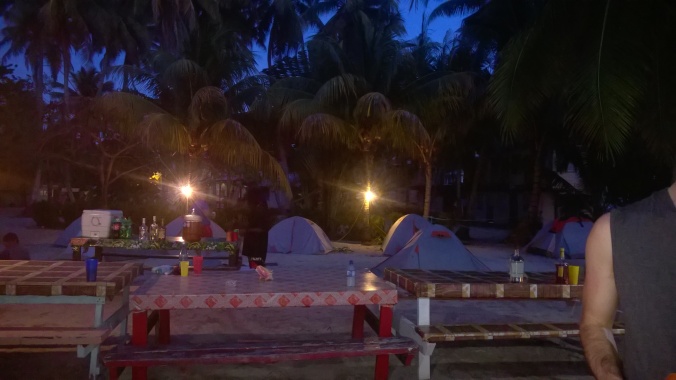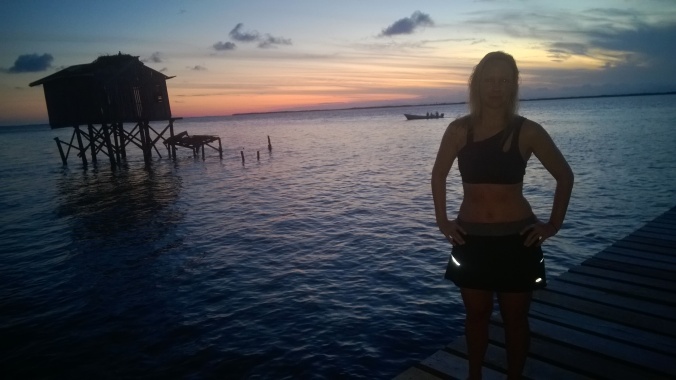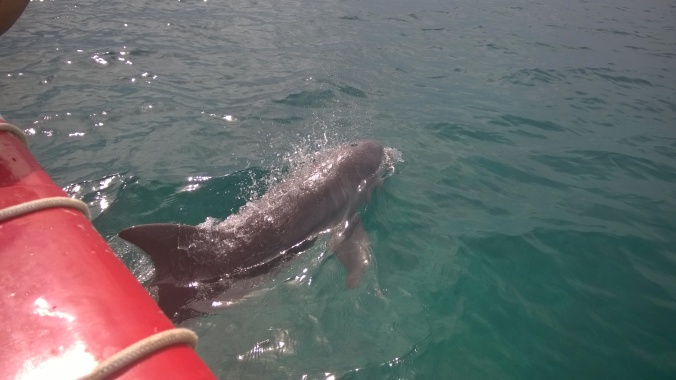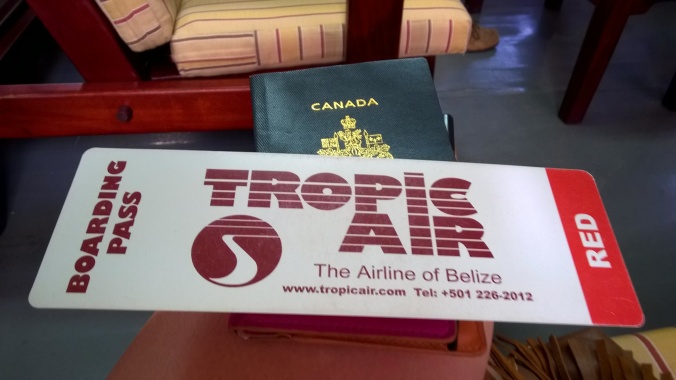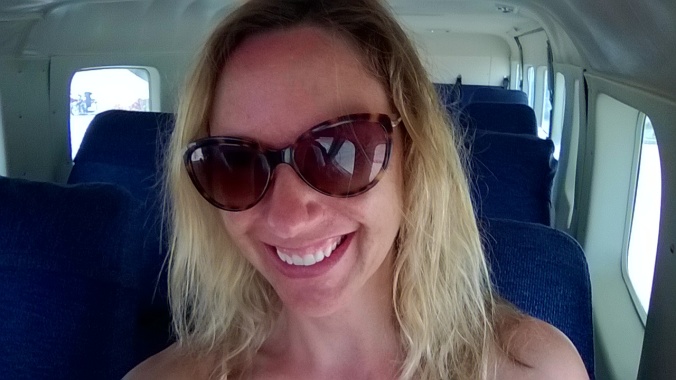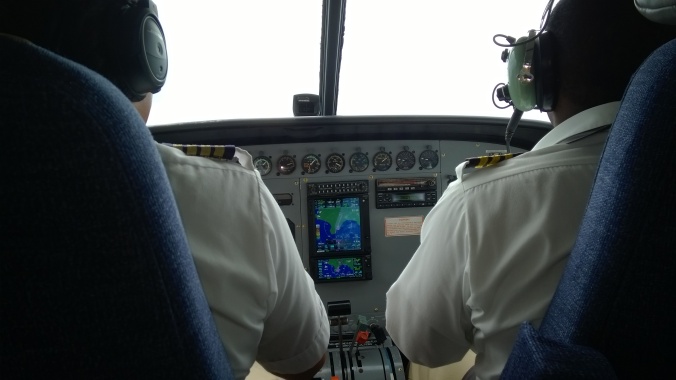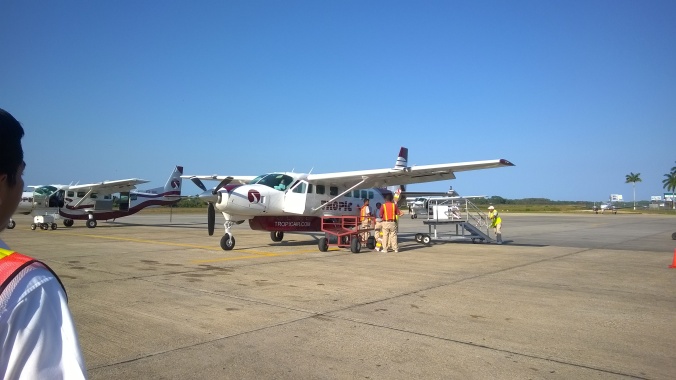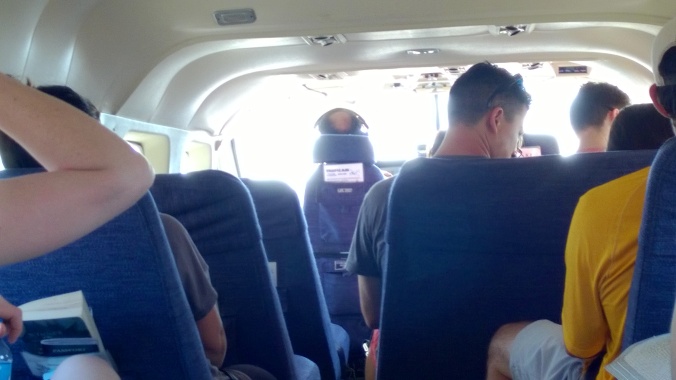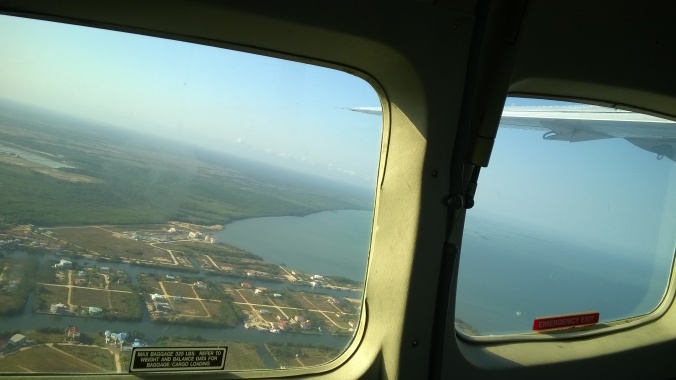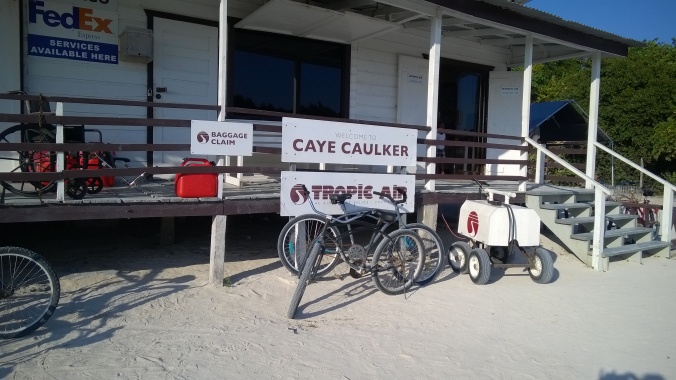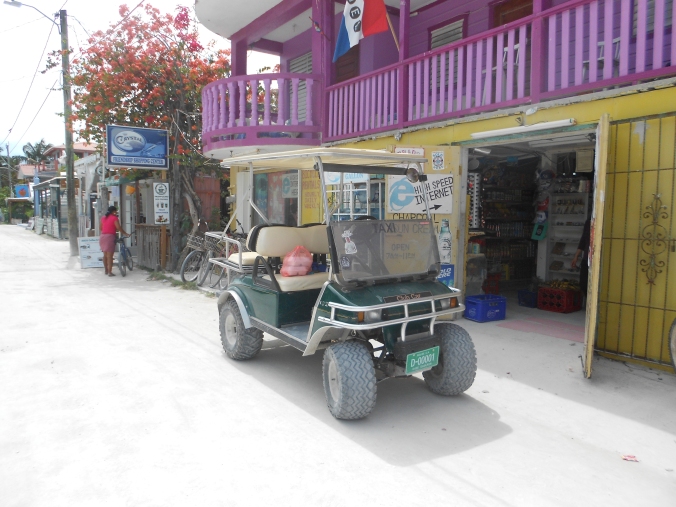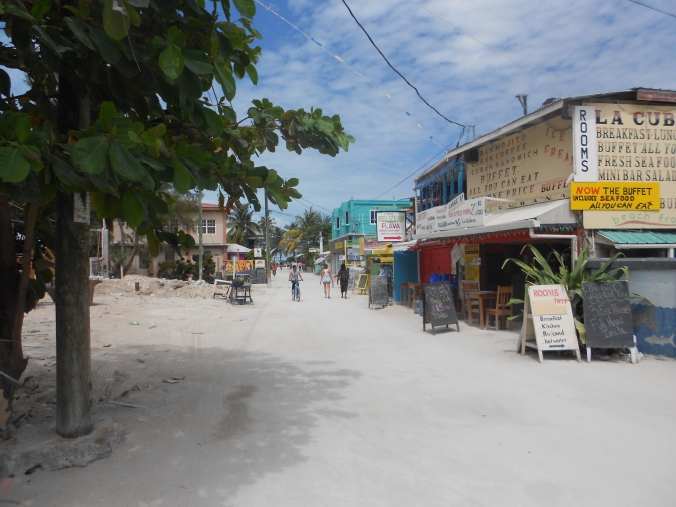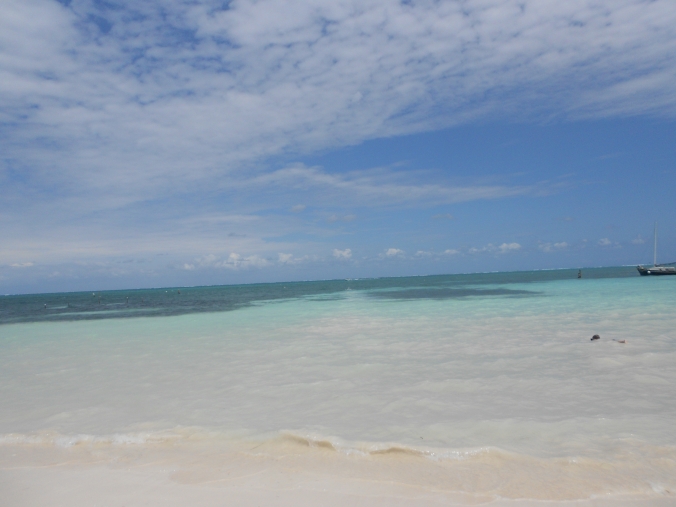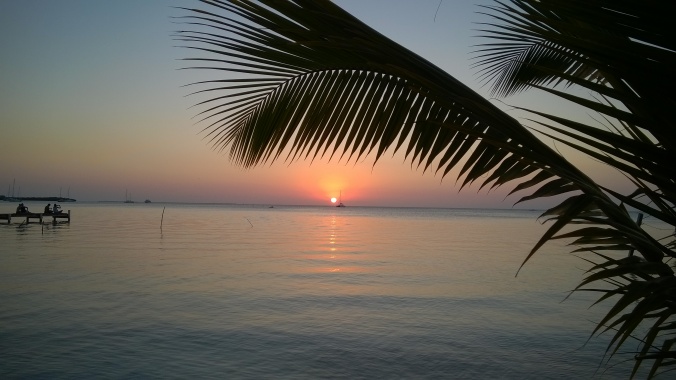Mozambique is as frustrating as it is beautiful.
Frustrating:
In order to enter the country, I needed to secure a visa – the government doesn’t issue visas at the border to Canadians or Americans, although Brits can sometimes secure one on site…unless the power is out as it was when we arrived at the border.
So I filed the requisite paperwork before I left for Mozambique, and received in the mail the most expensive, hand written sticker I’ve ever owned C$546. Why did it cost the Germans €45? The Brits $150 US at the border? No one can explain. It’s like we Canadians rained on some Mozambique parade and in retaliation they decided it should cost us a fortune to come visit.
And so begins a mantra I keep in mind for the next 11 days…this is Africa. It both explains everything and nothing.
After entering the border area, the bribes come fast and furious. Get through the border stop without having the bus completely unpacked? You need to pay “insurance money”. You didn’t pay enough “insurance money” to the last guy.
It quickly becomes clear the visa is only the first payment.
Mozambique looks much more like the Africa I remember. Rough and tumble around the edges, it’s poor but not poverty stricken, with pockets of prosperity.
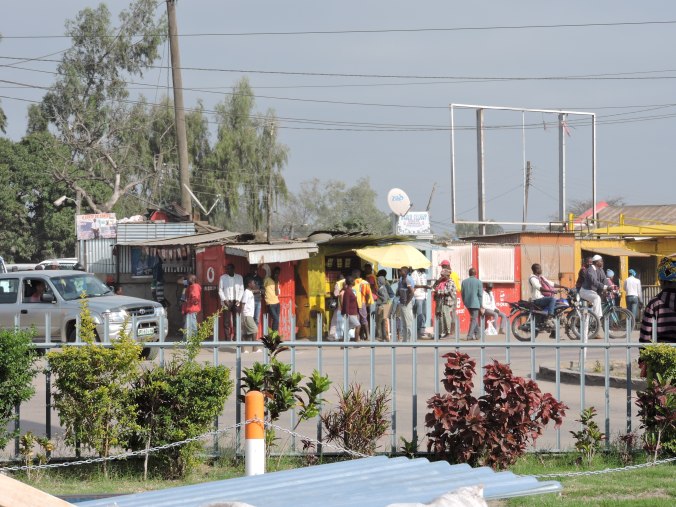
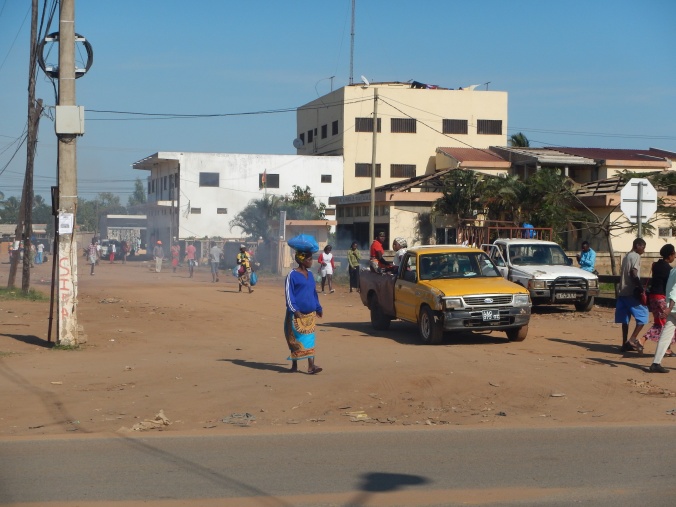
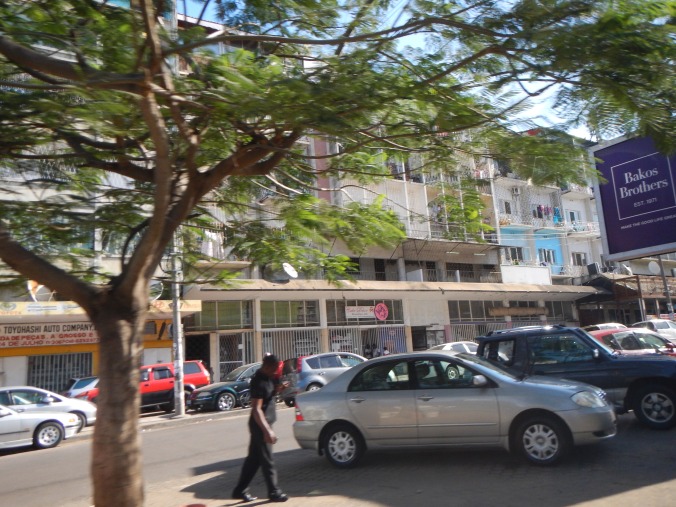
The country’s civil war ended only a short time ago and Mozambique, with its endless corruption and lack of infrastructure, has been struggling ever since.
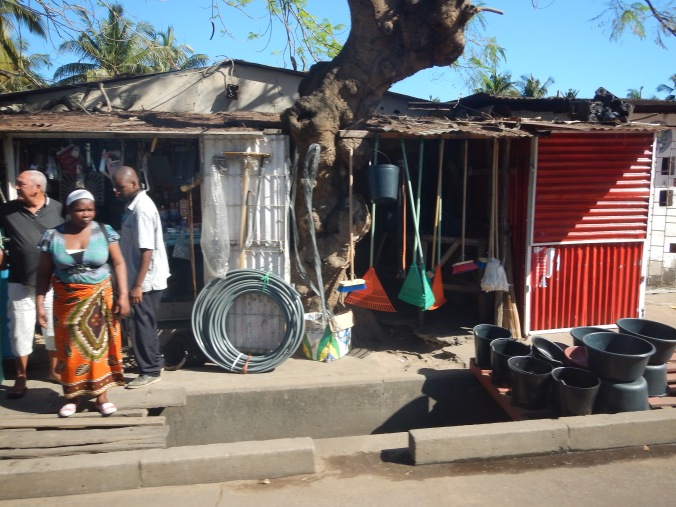
Main roads are fairly new (some built by the Chinese) and basically well-tended, but dangerous to drive at night because of the lack of lighting, and the danger of both animals crossing (MASS –mobile African stop signs) and the possibility of being held up.
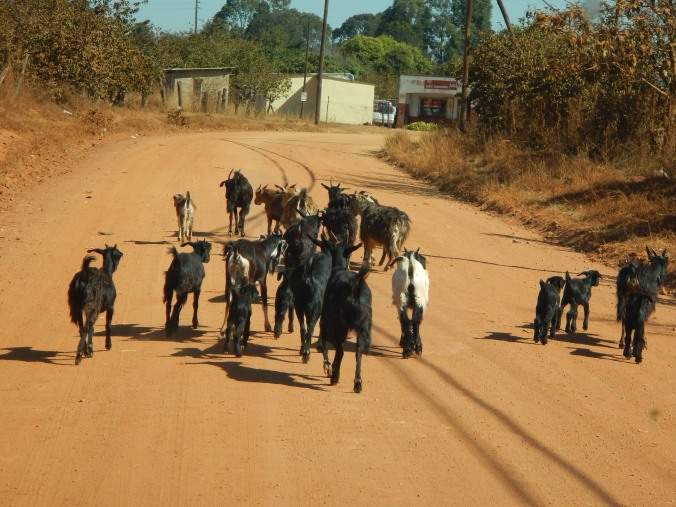
And although Mozambique is being touted as the next “new” place to visit, it’s a country that is only just beginning to understand tourism and is not particularly well suited to the independent backpacker. South Africans with their own vehicles are the most common visitors, followed by international travelers with tour groups like ours. The public transportation system is over worked, inefficient, inconsistent and unsafe.
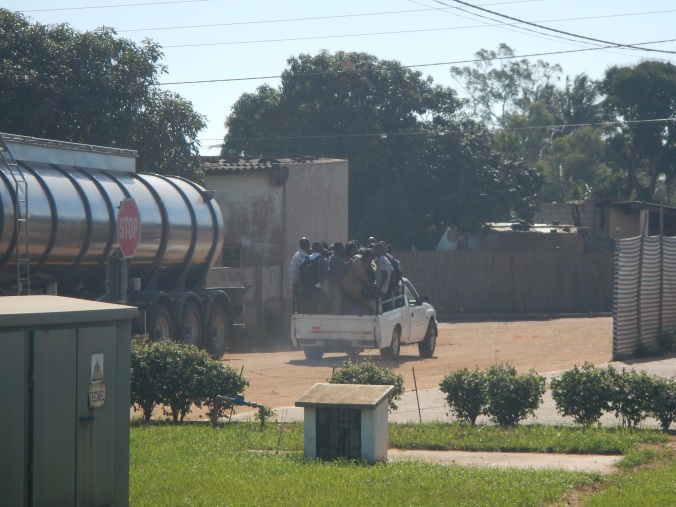
The distances between the major “tourist” centres are long, and lodges that meet even the most basic international standards are often far off the main road.
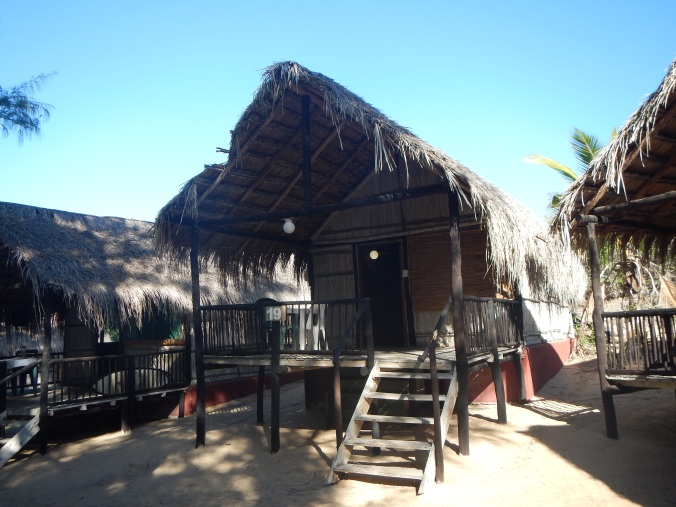
Ordering in a restaurant is an exercise in patience. From order to food on the table has taken anywhere from 45 minutes to 2 hours. Restaurants often run out of items – we are told with regularity they are out of filtered coffee, white wine, peri per sauce (the main condiment in Mozambique cooking) and various other basics, or they simply forget to bring the order all together.
Africa is a place where patience is learned and refined.
Beautiful:
But once you manage to negotiate the road less travelled, Mozambique has some of the most beautiful sandy, undisturbed beaches and small islands in the world, as well as reefs teeming with iridescent fish.
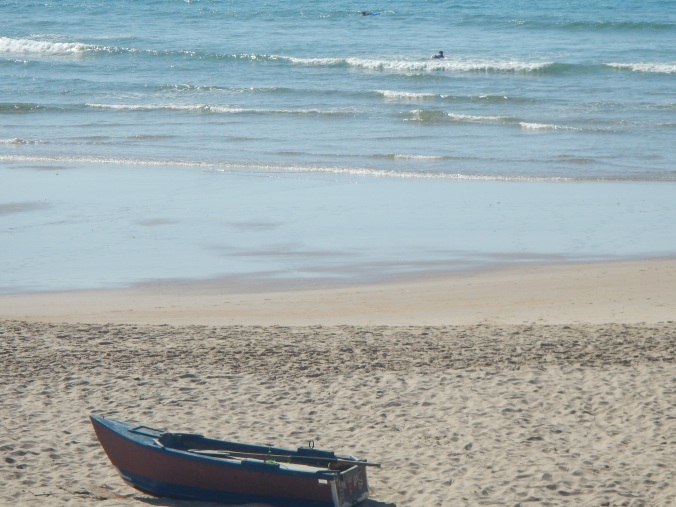
I dove with Peri Peri Divers in Praia de Tofo. The cost of a one tank dive was about $50 and lasted about 50 minutes underwater while we explored the Salon de Fingers Reef in the Indian Ocean.
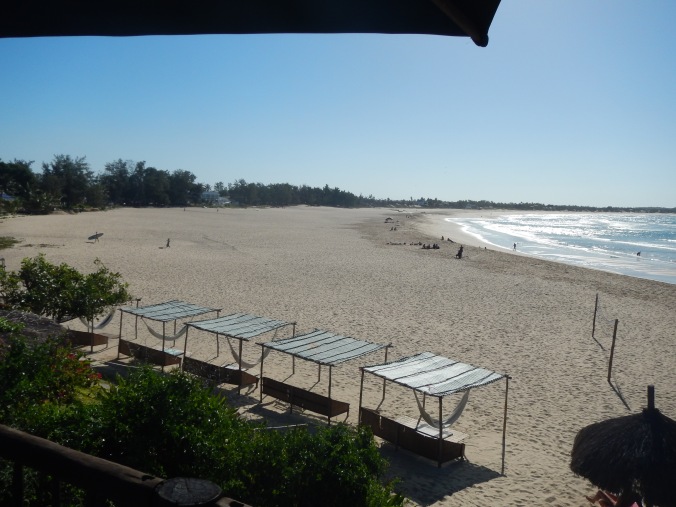
We divers, with the assistance of a tractor, hauled the Zodiac into the water. The ocean was rough, but not the worst I’ve experienced. When we arrived at the insertion point, we were told it would be a negative entry – my first. You begin with no air in your BCD so when you roll backwards into the water you don’t float on top but immediately start of descend. It’s a bit disorienting and I had problems equalizing the pressure in my ears. My weight belt must also have been slightly too light because I found it a struggle to get to the bottom…a maximum depth on this dive of 14.5 m.
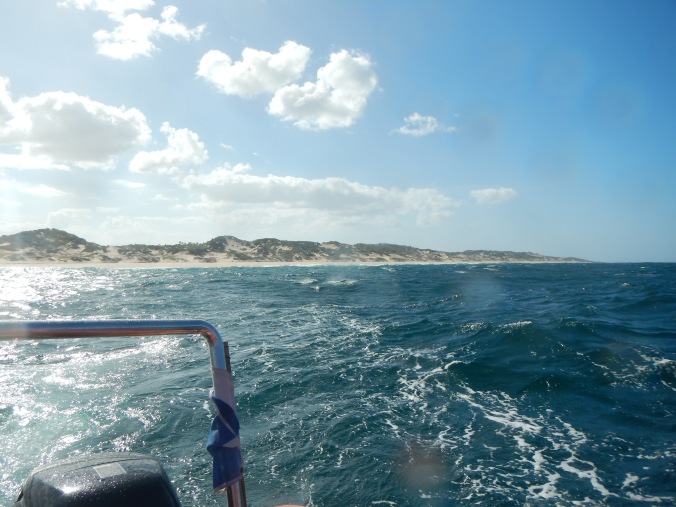
Moses, our guide, pointed out so many beautiful and colourful fish I’ve never seen before—it was truly like being immersed in a gigantic salt water aquarium.
I started with only 200 bar of air in my supply – and on other dives it has always been 300. Because it took quite some flailing about to actually get to the bottom, I was certain I was powering through my air supply and I would have to be one of the first to surface. As it turned out, I was one of the last to surface (with 50 bar left in the tank) and one of the only divers to see the giant green turtle.
When we surfaced, I looked around the choppy Indian Ocean waters and …no boat! Because I was with the dive master and didn’t think the captain would leave him behind, I inflated my vest and bobbed along with the waves until the Zodiac appeared from out of nowhere.
I thought I’d just seen Mozambique at its most beautiful from beneath the surface. Little did I know it had even more on offer to come…
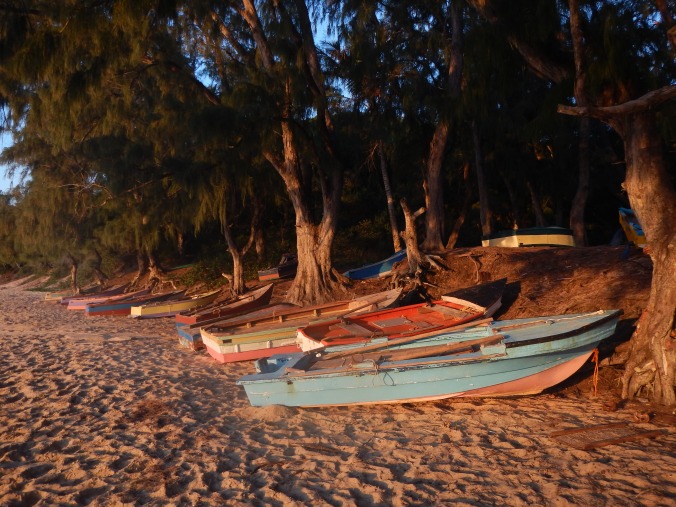
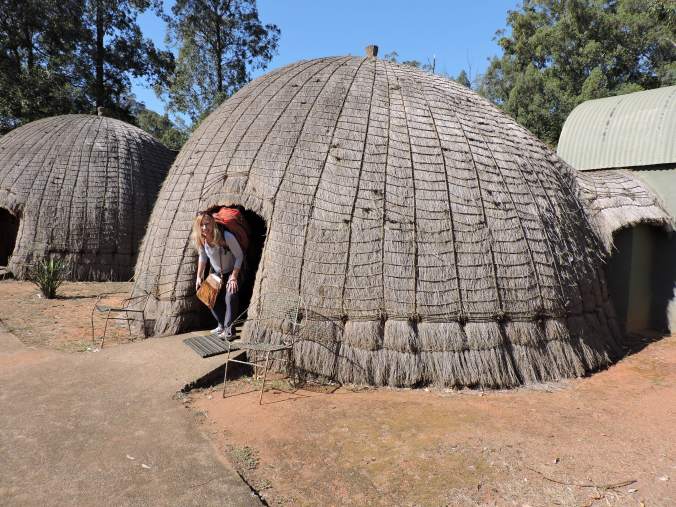
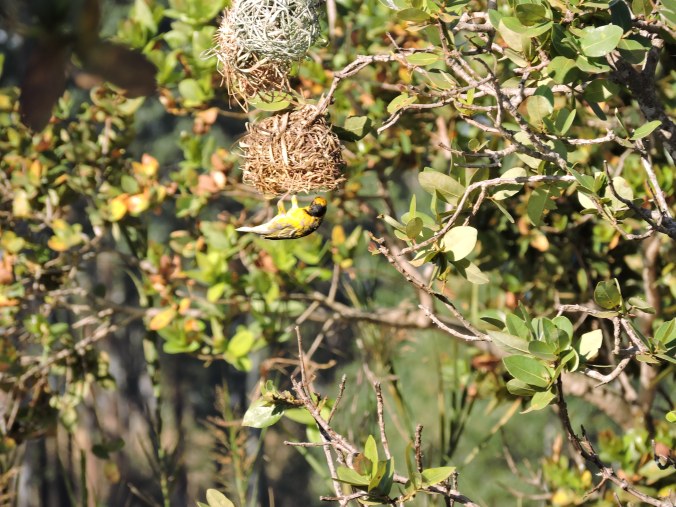
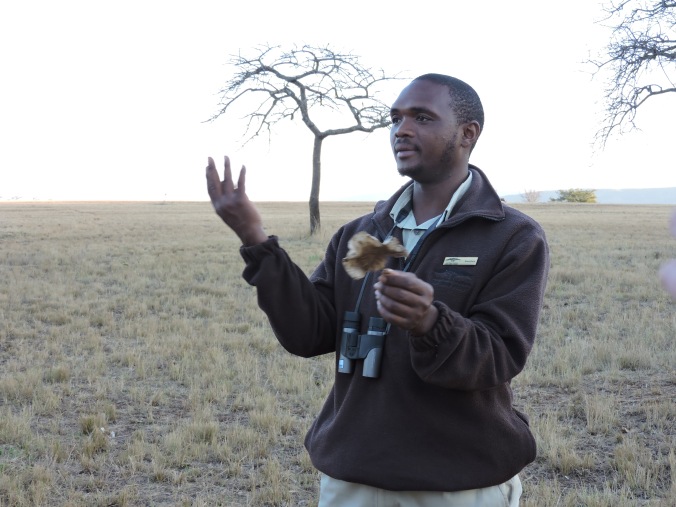
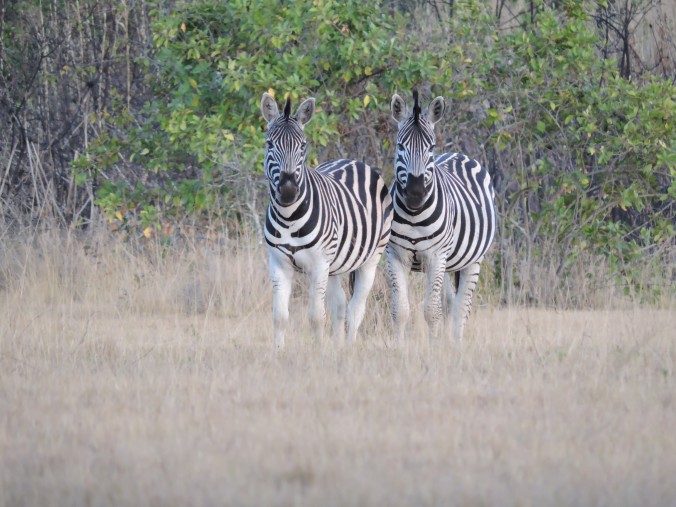
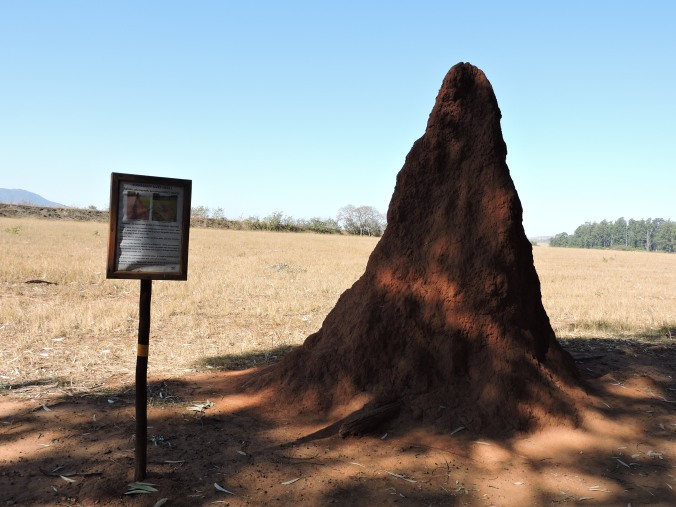 Termite mound. 1/3 of the mound is above ground, 2/3 of the mound is below.
Termite mound. 1/3 of the mound is above ground, 2/3 of the mound is below.